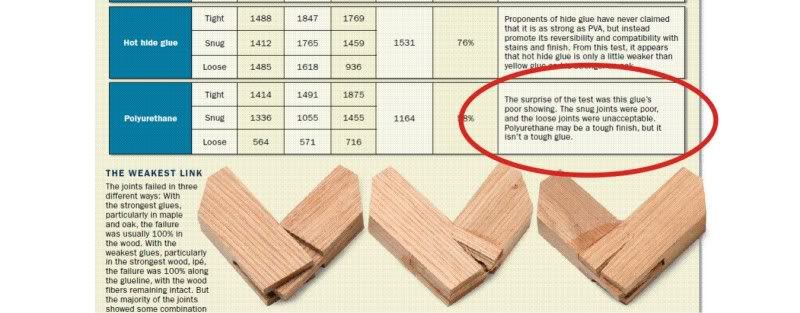Yeah, I don't know if I'd try to use a PVA for a ringbillet, maybe. I haven't made one yet so it's hard to speculate.
Since the topic is already in discussion, here's a picture of a small section that I had cut off the nose side of the handle I described earlier. Even at .015" over, to my untrained eye it looks like a good bond.
Hi Kim,
I am shure you agree. When you consider the surface area of the dowel times the length of the cue the expansion of the GG is the nuts. The glue bond in our application is not subject the sheer, elongation, compression and torquesional forces that push any envelopes for the full core cues that you and I construct.
The best feature of the GG chemistry is the 2000 year half life on this material. Entropy is your worst enemy. The more man tries to put thing together, the more the natural forces of the universe wants to work on making it fall apart.
I agree with TW and use better glues for ferrules, joint collars and butt caps. I always use G5 @ 90 degrees. I like 105 206 west system for gluing points for sure.
JMO,
Rick G
Last edited:
